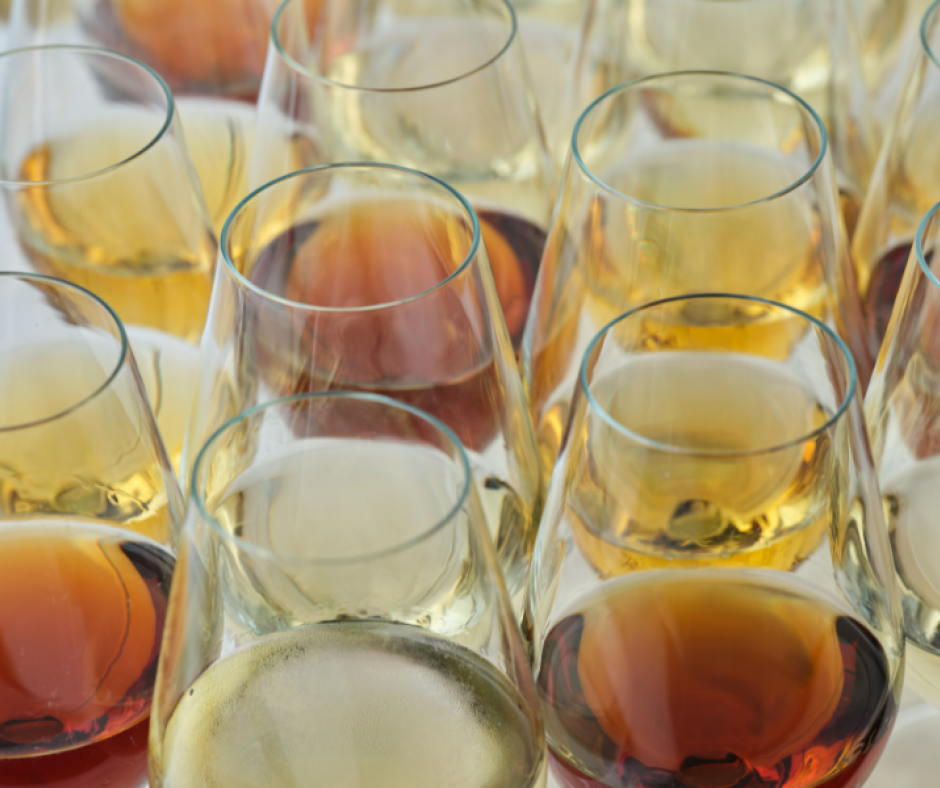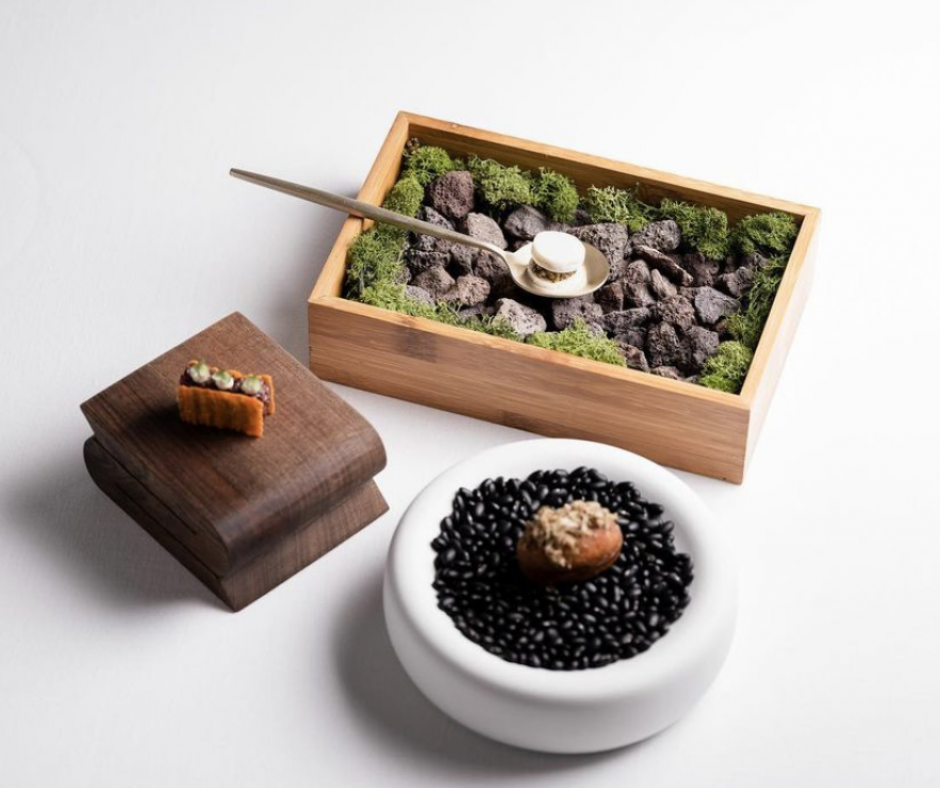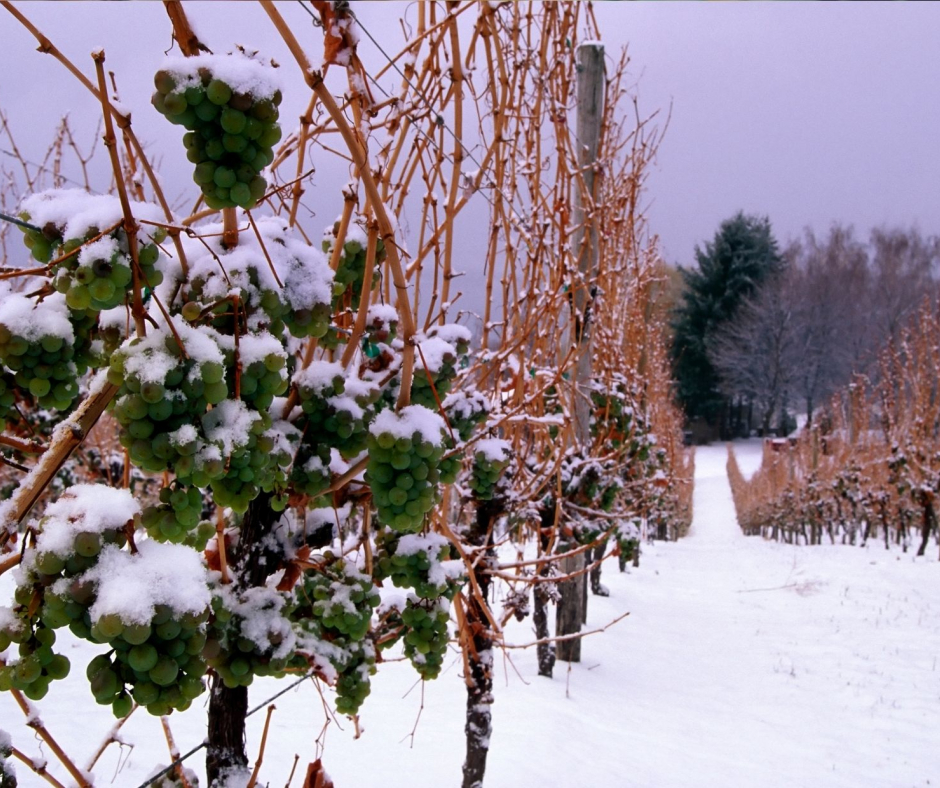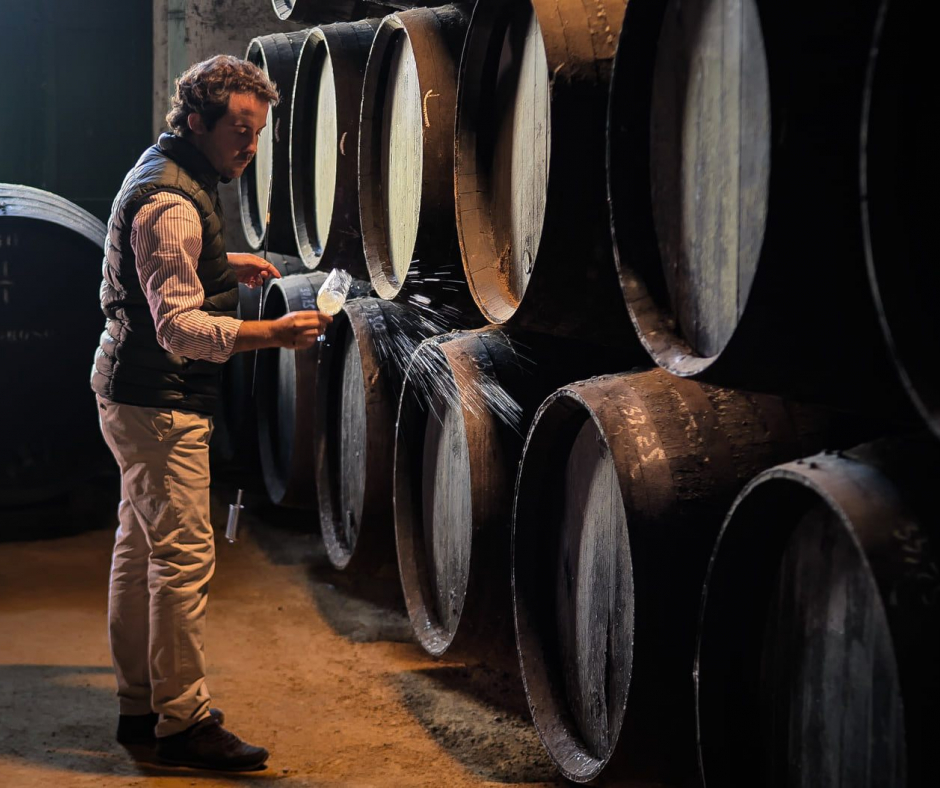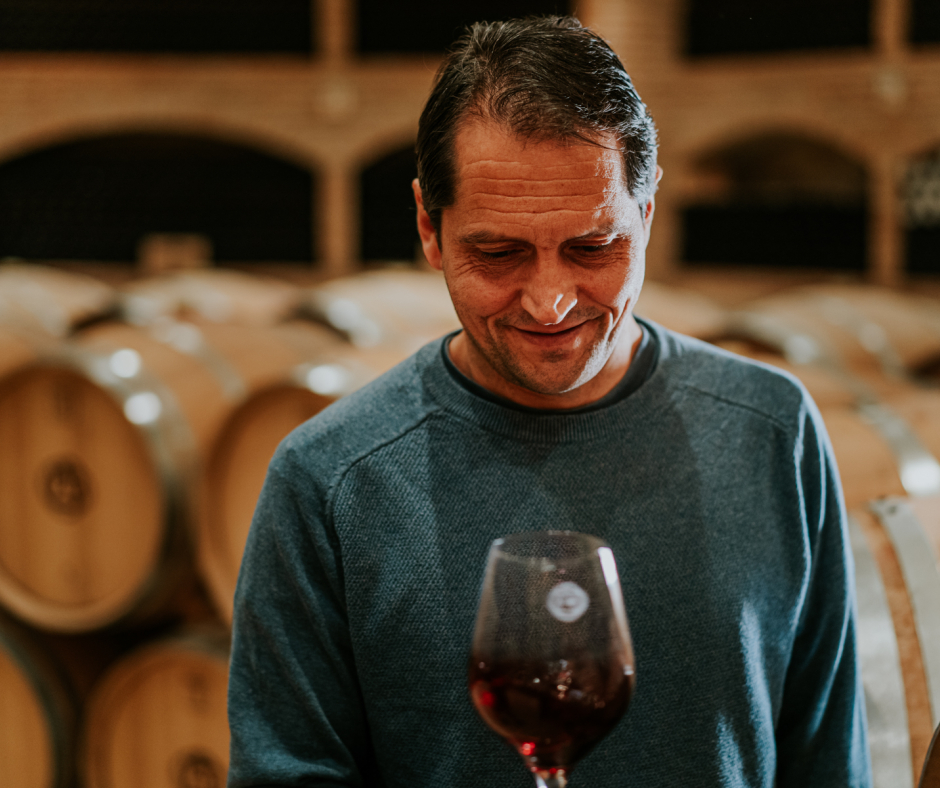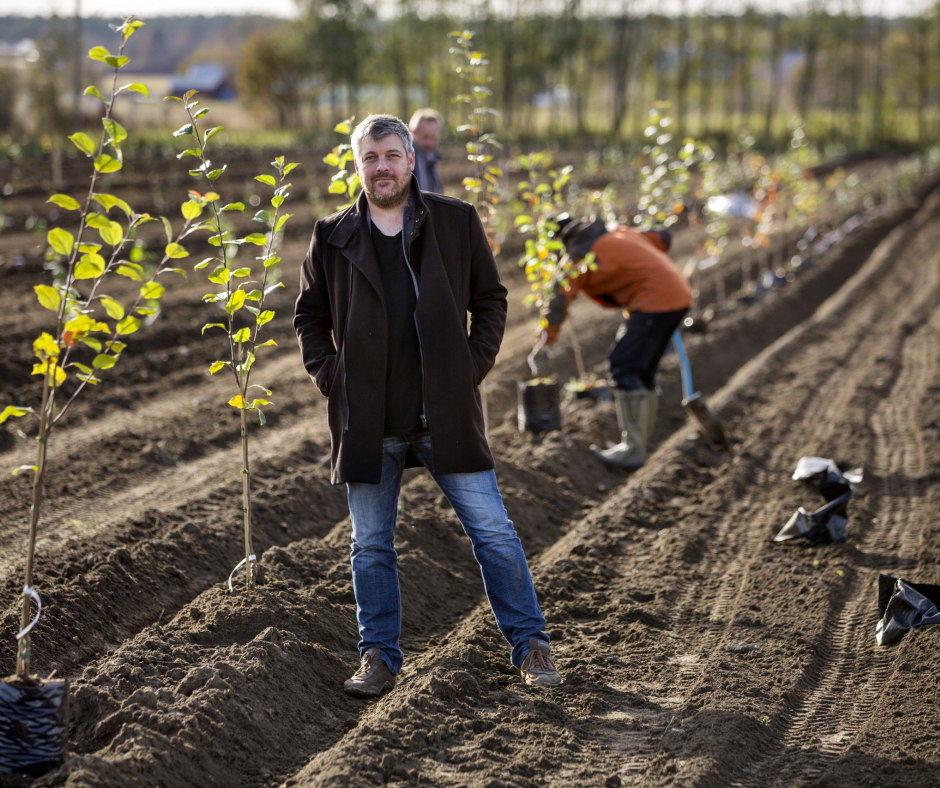The word “terroir” is used to describe the environment in which the grapes grew and which has a profound effect on the character of the wine and the differences between one and another. In the Sherry country the environment encompasses not only the vineyard but also the bodega and even the barrel. This is all down to an invisible single cell organism called yeast, but let’s start with a little history.
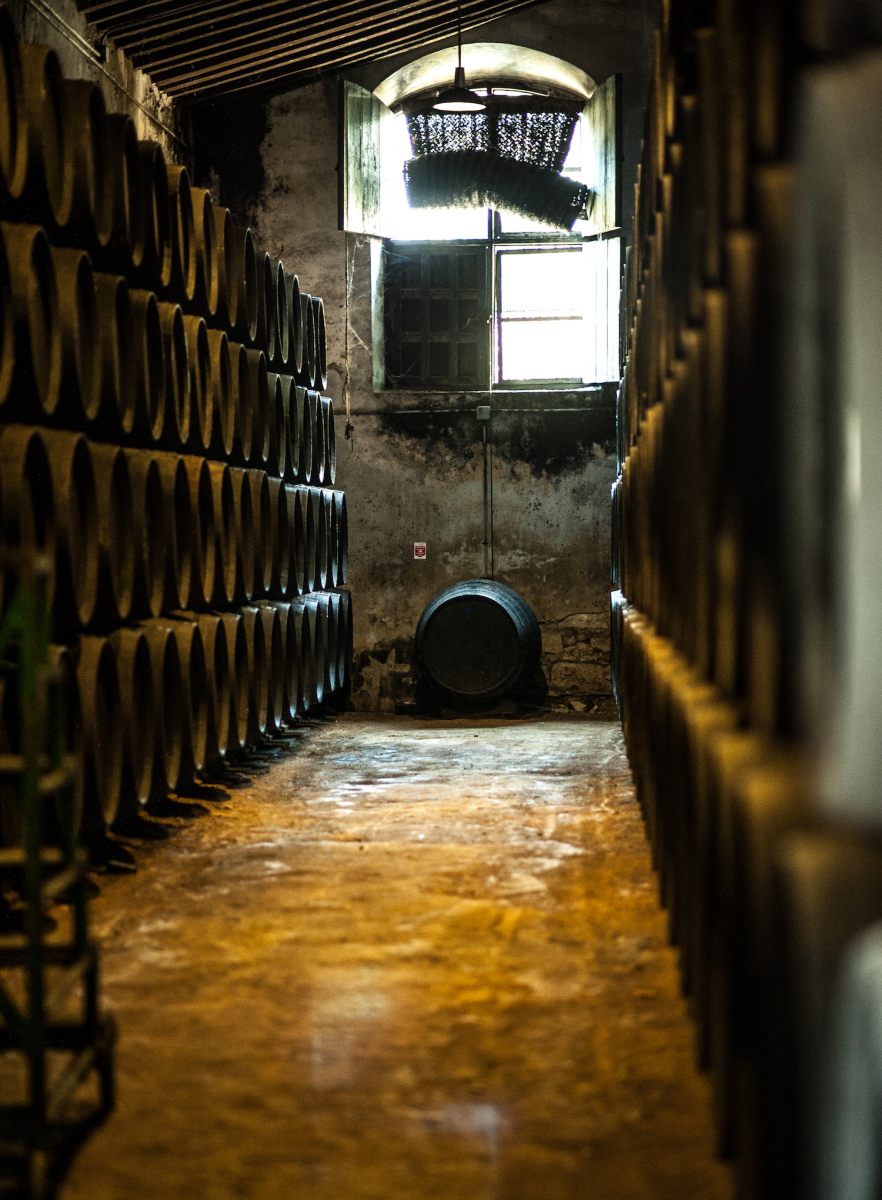 In the past, wine was stored in any building large enough to contain it. It was sold as wine of the year and lengthy ageing – and thus large storage capacity – was unnecessary. Many religious institutions had a small bodega, and after the discovery of the Americas most merchants had one too. In 1778 the restrictive practices of the Gremio de la Vinatería, which controlled prices and insisted on wine being sold young, were overturned, allowing wine to be aged and thus the evolution of the styles we know today. Somewhere around the turn of the XVIII and XIX centuries the solera system was adopted, and with larger stocks of wine, larger bodegas were needed.
In the past, wine was stored in any building large enough to contain it. It was sold as wine of the year and lengthy ageing – and thus large storage capacity – was unnecessary. Many religious institutions had a small bodega, and after the discovery of the Americas most merchants had one too. In 1778 the restrictive practices of the Gremio de la Vinatería, which controlled prices and insisted on wine being sold young, were overturned, allowing wine to be aged and thus the evolution of the styles we know today. Somewhere around the turn of the XVIII and XIX centuries the solera system was adopted, and with larger stocks of wine, larger bodegas were needed.
During the early part of the XIX century the Spanish colonies in the Americas were gaining their independence and many Spanish people returned home looking for business in which to invest their large fortunes. The Sherry trade had great appeal as it was prospering and huge amounts of money were invested. At about this time Fino was being recognised as a wine in its own right and the requirements of the yeast which makes it so special were beginning to be understood.
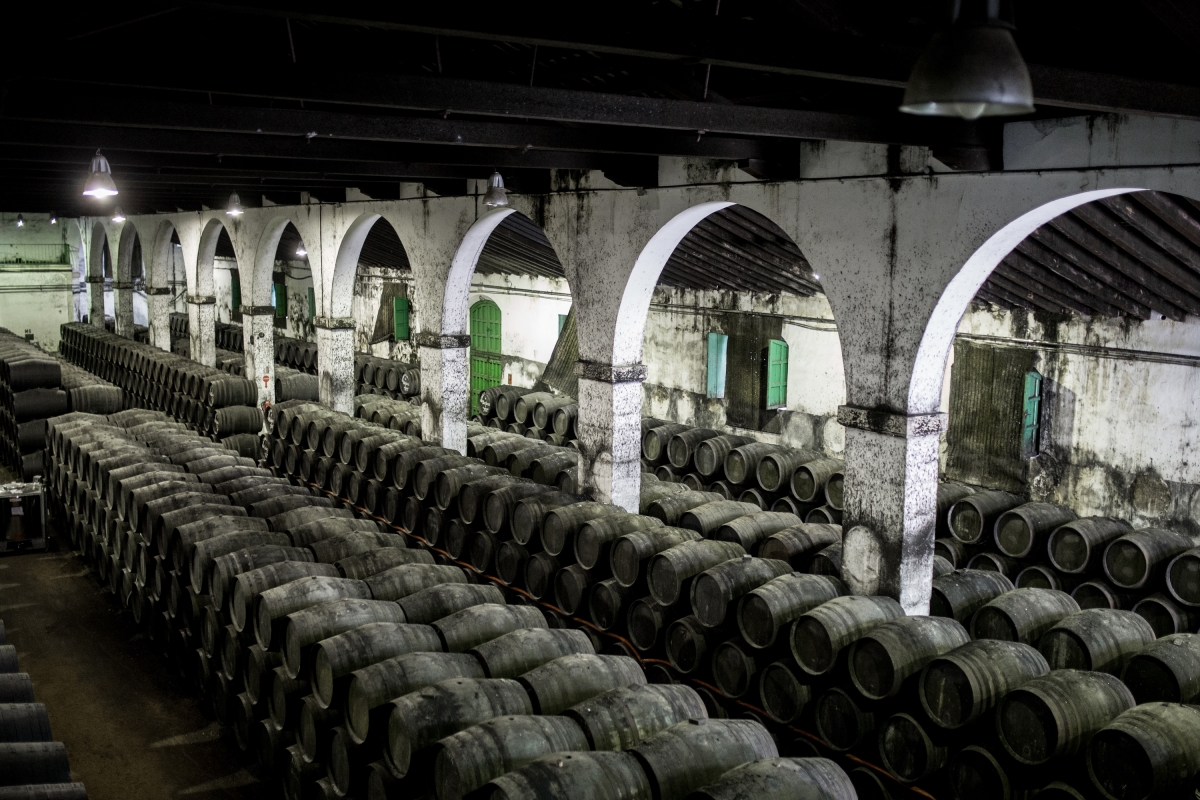
This “flor” yeast may be a single cell, but it is fussy. It needs vast amounts of air (at least 18 cubic metres per butt), the right temperature (around 18° C and stable) and the right relative humidity (around 70%). Luckily the money was there to build the ideal bodegas, and from the 1820s onward huge “cathedral bodegas” were constructed. They are located in the best position for the passage of fresh air, ideally on higher ground or near the coast, and oriented so as to keep the interior as cool as possible, and never below ground, which would limit air supply.
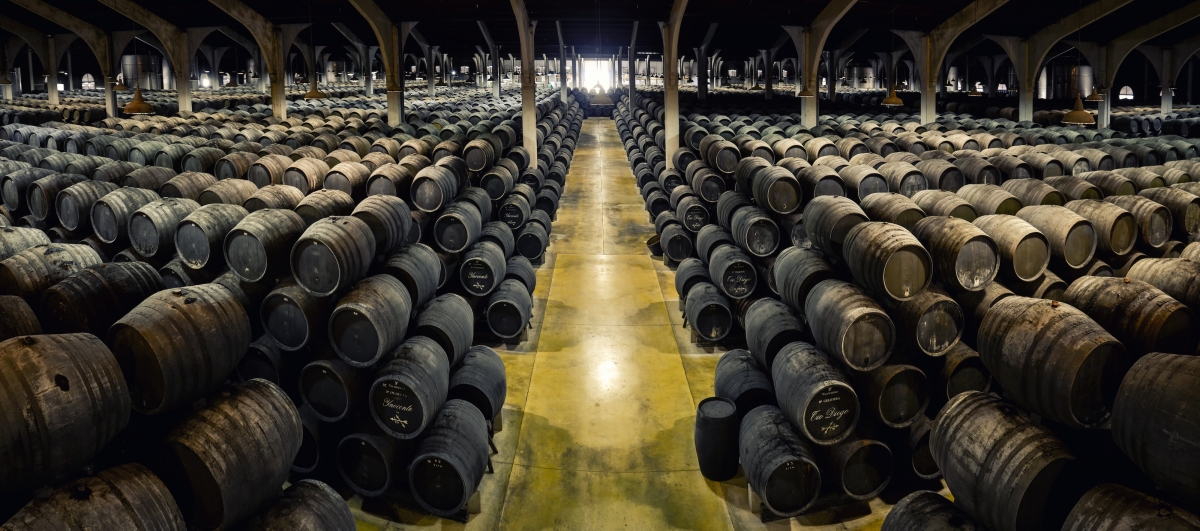
The walls are thick to provide insulation and the exterior is painted white to reflect heat, while the roof, which is made from brick and tiles, keeps out the worst of the sun’s heat. It is supported on tall arched pillars providing vast airspace, and windows are positioned to minimise the entry of the hot east wind, the Levante, and maximise the entry of the cool, moist west wind, the Poniente. The esparto blinds can be sprayed with water to cool incoming air, and the floor is covered with sandy clay soil (albero) which, when sprayed, absorbs considerable humidity. There is no doubt that these bodegas are impressive architecturally, but they are also highly practical and provide the ideal environment for the ageing of Finos.
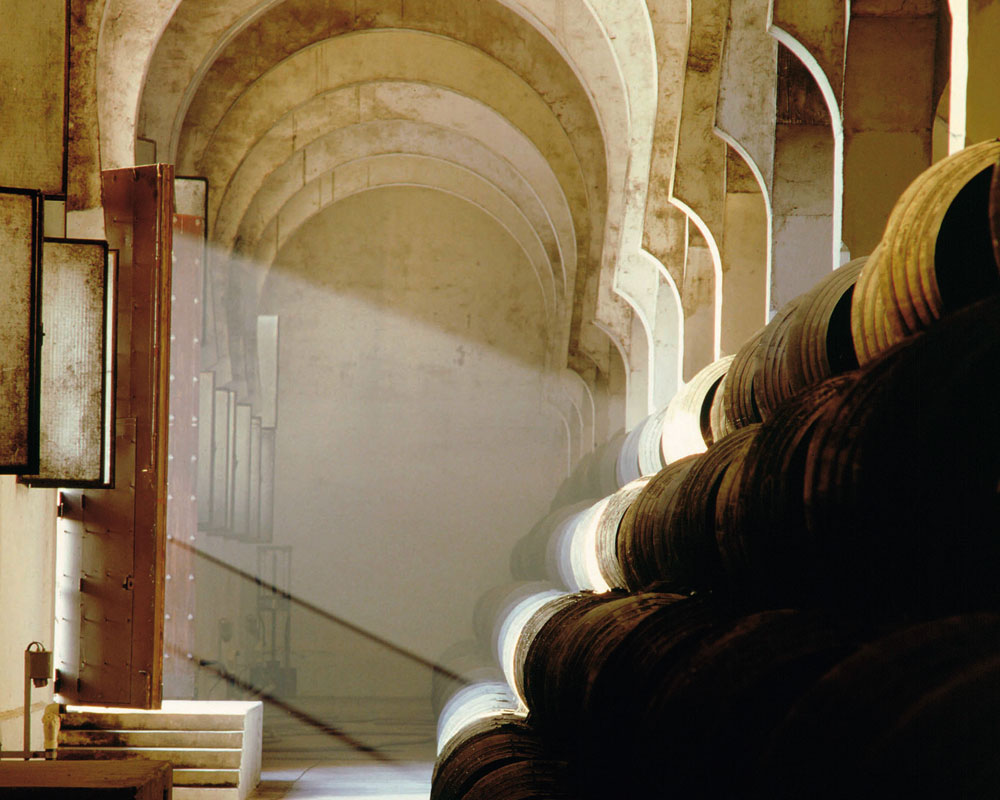 But there is more. Inside the bodega, the butts are positioned very carefully, so that those containing Fino are closest to the ground, while other types of wine which don’t have fussy flor are stacked on top where the atmosphere is slightly warmer and less humid. Naturally the microclimate of each bodega is different, according to its individual design, whether it is inland or close to the sea or on high or low ground. This is just one of the factors which make every Sherry different and so utterly fascinating.
But there is more. Inside the bodega, the butts are positioned very carefully, so that those containing Fino are closest to the ground, while other types of wine which don’t have fussy flor are stacked on top where the atmosphere is slightly warmer and less humid. Naturally the microclimate of each bodega is different, according to its individual design, whether it is inland or close to the sea or on high or low ground. This is just one of the factors which make every Sherry different and so utterly fascinating.



